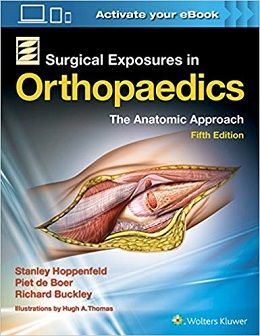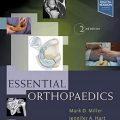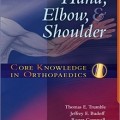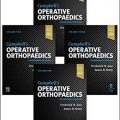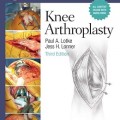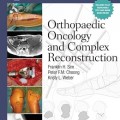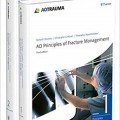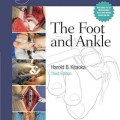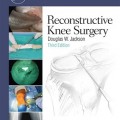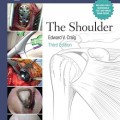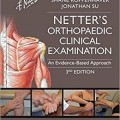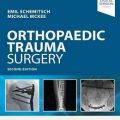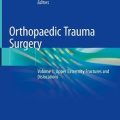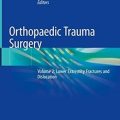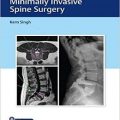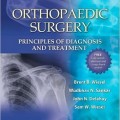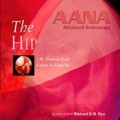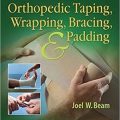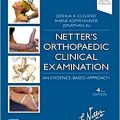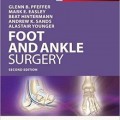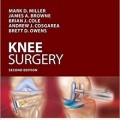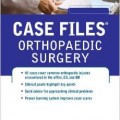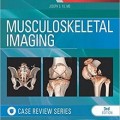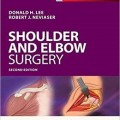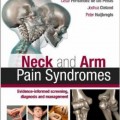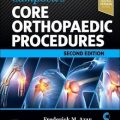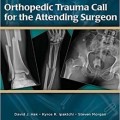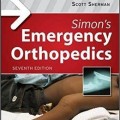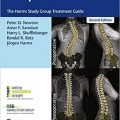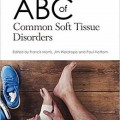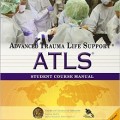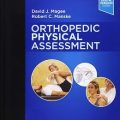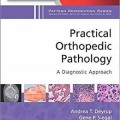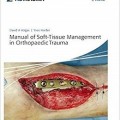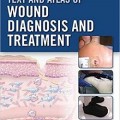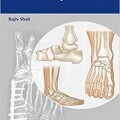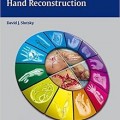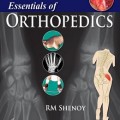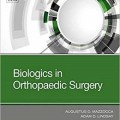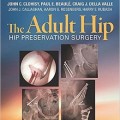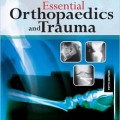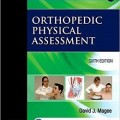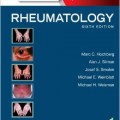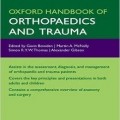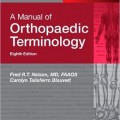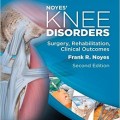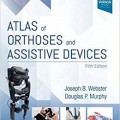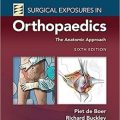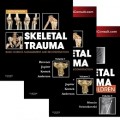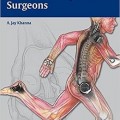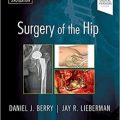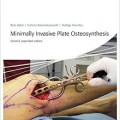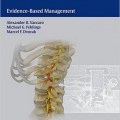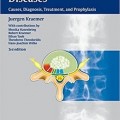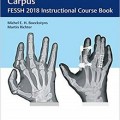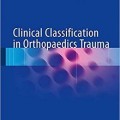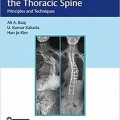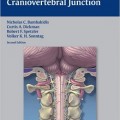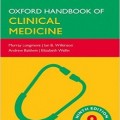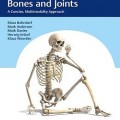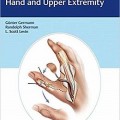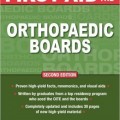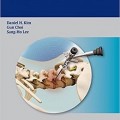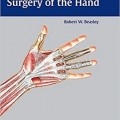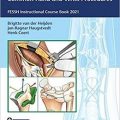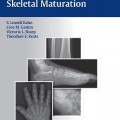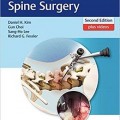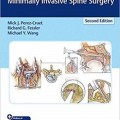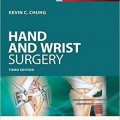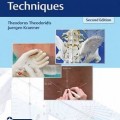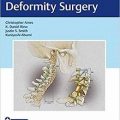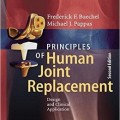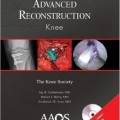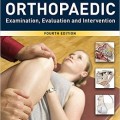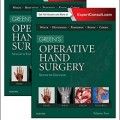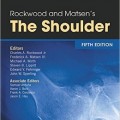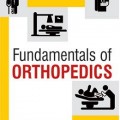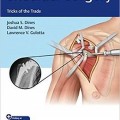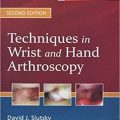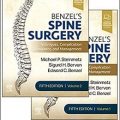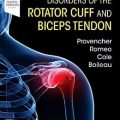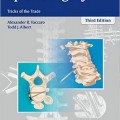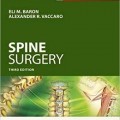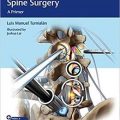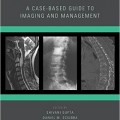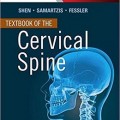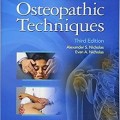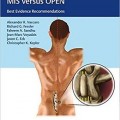دانلود کتاب قرار گرفتن در معرض جراحی ارتوپدی هاپنفلد: روش آناتومیک
Surgical Exposures in Orthopaedics: The Anatomic Approach, 4ed
A standard textbook for 25 years, Surgical Exposures in Orthopaedics: The Anatomic Approach is now in its Fourth Edition. Featuring 775 full-color illustrations, this atlas demonstrates the surgical approaches used in orthopaedics and provides a surgeon’s-eye view of the relevant anatomy. Each chapter details the techniques and pitfalls of a surgical approach, gives a clear preview of anatomic landmarks and incisions, and highlights potential dangers of superficial and deep dissection.
The Fourth Edition describes new minimally invasive approaches to the spine, proximal humerus, humeral shaft, distal femur, proximal tibia, and distal tibia. Other highlights include new external fixation approaches for many regions and surgical approaches to the os calcis. New illustrations of the appendicular skeleton are included. New drawings show the important neurovascular structures that need to be protected.
This is such a fantastic book as an introduction to the concepts of achieving good exposure in orthopedic surgery!
Of particular note to medical students about to start buying books for this fall’s away rotations: I didn’t, and I wouldn’t, really fool much with Netter’s Concise Orthopaedic Anatomy, 2e (Netter Basic Science), since the level of detail just doesn’t compare. If you’re gonna read about an exposure, you may as well do it right and read about it in Hoppenfeld. Throw down the coin, since–after all–you’d expect that you’ll be needing this book for a few years to come anyway! Look at it as an investment in the Match! Read on for reasons why…
I write this as an about-to-start intern who used this book extensively on my third- and fourth-year orthopedics rotations during medical school, so it is mostly medical students who will find this review useful. This book almost definitely was over my head in large parts during my third year but started to click early in my fourth-year rotations after I had spent a good bit of time in the OR. I see residents referring to this book often, even the seniors sometimes, for a great broad overview of the “large menu of options” to “get to the bone and stay there”, especially for fractures. Discussion of the rationale for particular approaches is somewhat limited (and is probably a discussion more suited to books written about particular injuries that would spark such a debate), but the “how-to” and the lending of understanding of the anatomy while in a particular approach is spectacular.
The artwork is truly great and gives a good sense of three-dimensional anatomy, via “overlaying” layers of tissue overtop the dissection plane of interest. This is definitely contributory towards relating surface anatomy and palpable landmarks to where you’ll be on deeper planes, as well as “just how far away that posterior interosseous nerve is that you don’t exactly wanna go looking for.” The setup of the chapters is highly consistent, organized, intuitive, and excellent for the thought processes in starting a case and gaining exposure, starting with an overview in each chapter briefly comparing and contrasting the utility of each of the discussed approaches, and within each section starting with the incision, going through the internervous planes, superficial and deep dissection planes, and ending with “what to avoid”. The pictures tend to be far more helpful and superior than what is usually in Rockwood and Green’s much more prose-based descriptions of exposures specifically relevant to a particular fracture, and I would very highly recommend this book as a supplement to that, for understanding sake, as well as for “looking good in the OR” sake.
Many sections are included on “applied surgical anatomy” (a great place for third- and fourth-year medical students to start, reviewing the “just ortho-pertinent gross anatomy topics”, if you will, and in a way that is highly applicable to the approaches).
Chapters are manageable length, and the pictures give a great conceptual basis for what you’ll see in the OR. Very possible and also absolutely critical to read these chapters the night before a case (and Handbook of Fractures or, if there’s time, Rockwood and Green), before getting pimped by trauma attendings. Knowing as much as possible of the contents of Hoppenfeld made an excellent impression on my rotations. Pretty reasonable to “get surprised” in the AM by the post-call admitting resident presenting an operative fracture/patient you didn’t know about last night, and “hurry up and read about this exposure real quick before the case starts” on my iPad, too, which was a bonus.


